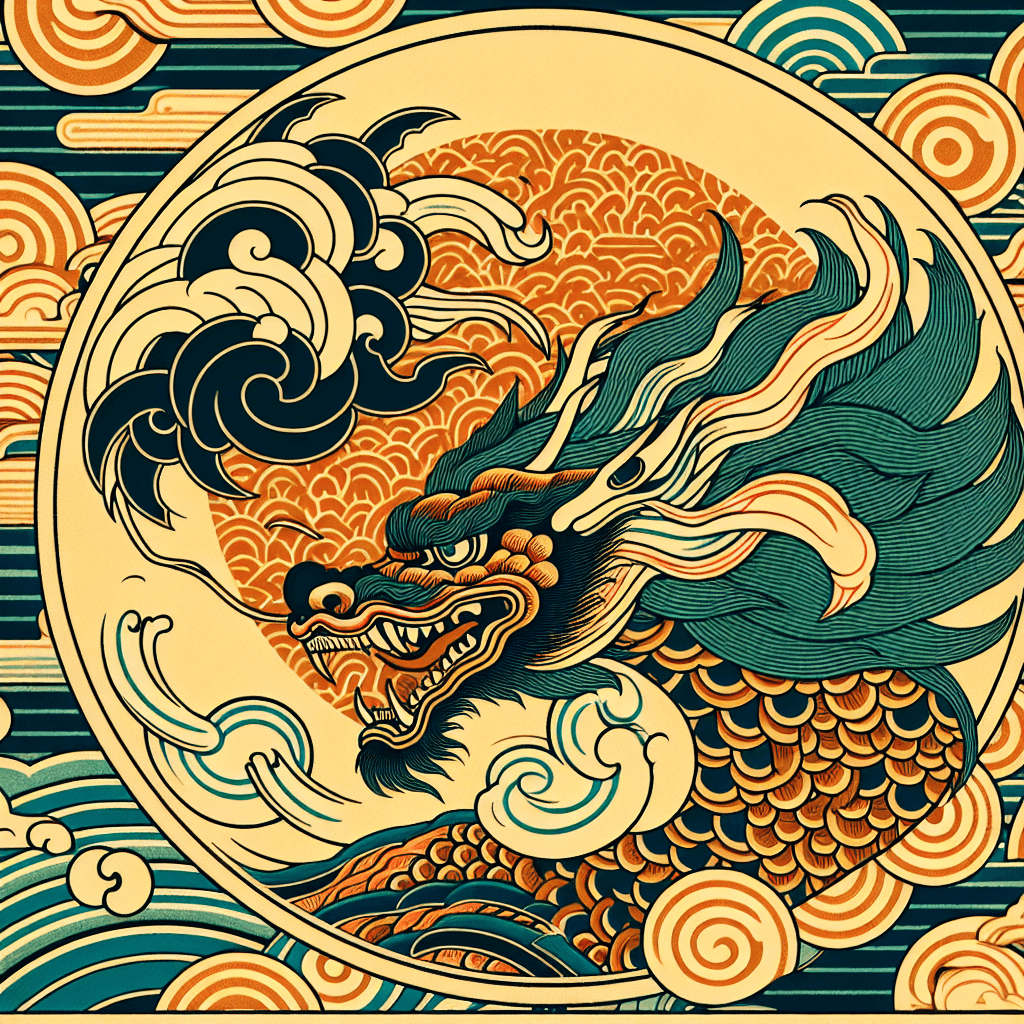

syndu | May 15, 2024, 10:43 p.m.

The element of Wind, known as Fu in the Japanese philosophical system of Godai, represents movement, agility, and change. It is the breath of life that animates the natural world and the human spirit. In this exploration, we delve into the characteristics of Fu and its profound representation in Japanese literature and performing arts.
In Japanese literature, Fu is often depicted as a powerful force that brings about change and transformation. It is a symbol of the unseen energies that drive the plot forward and shape the destinies of characters. For example, in "The Tale of the Heike," the wind is a constant motif that reflects the tumultuous nature of the era and the fate of the warring clans. The sound of the wind in the pines is used to evoke a sense of impermanence and the transient glory of the samurai.
Contemporary Japanese authors also use the element of wind to convey themes of freedom and the search for identity. Haruki Murakami, in his novel "Kafka on the Shore," uses the wind as a metaphor for the protagonist's journey towards self-discovery and the forces that guide him on his path.
In the realm of Japanese performing arts, Fu is a dynamic element that adds movement and emotion to the narrative. In traditional Noh theater, the wind is often represented through the movement of costumes and the choreography of the performers, symbolizing the characters' inner turmoil or the spiritual forces at play.
In Kabuki theater, the element of wind is used to heighten dramatic effect, with actors using fans and swift movements to mimic the gusts of wind that accompany the unfolding drama. The use of wind instruments, such as the shakuhachi flute, further emphasizes the presence of Fu, creating an auditory representation of the element's power and presence.
Fu, the Wind element, is an integral part of the narrative in Japanese culture, shaping the stories that have been told for generations. It is a reminder of the constant motion of life and the need to adapt to the ever-changing circumstances we face. As we reflect on the significance of Fu, we are inspired by its representation of freedom, change, and the invisible forces that guide us.
Note: This post is part of the "Godai: The Five Elements of Harmony" series, offering insights into the elemental forces that shape Japanese traditions and the philosophical insights they offer.